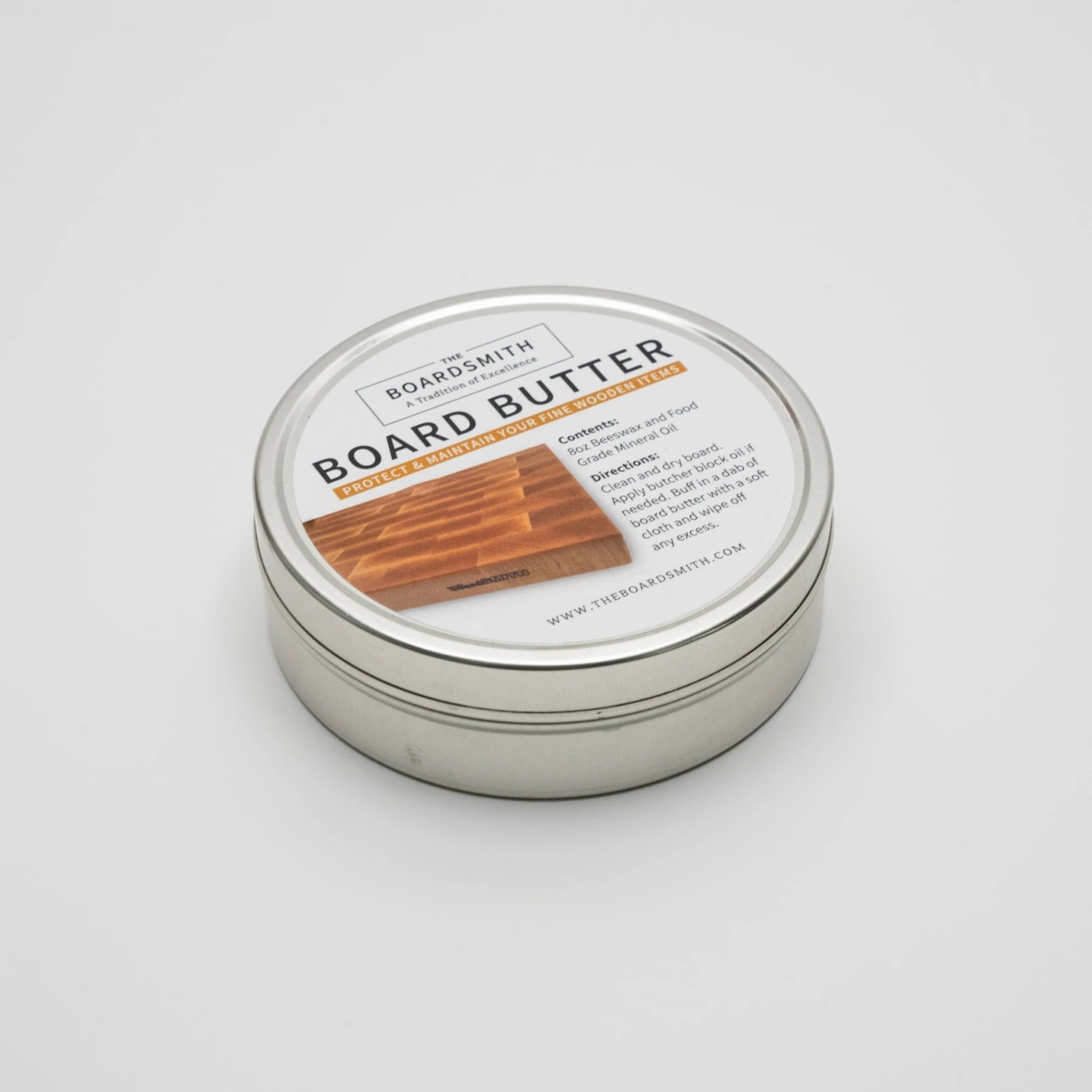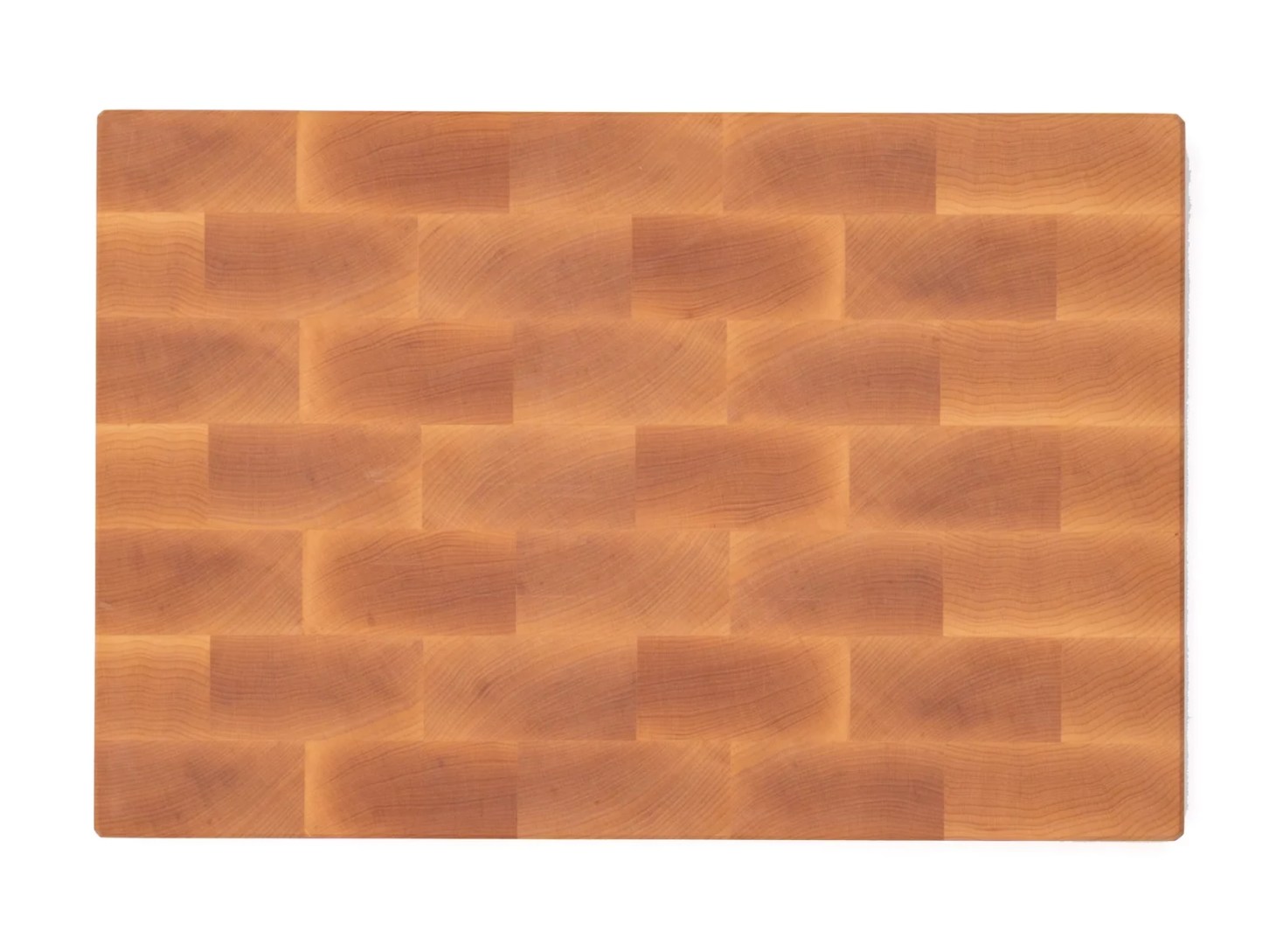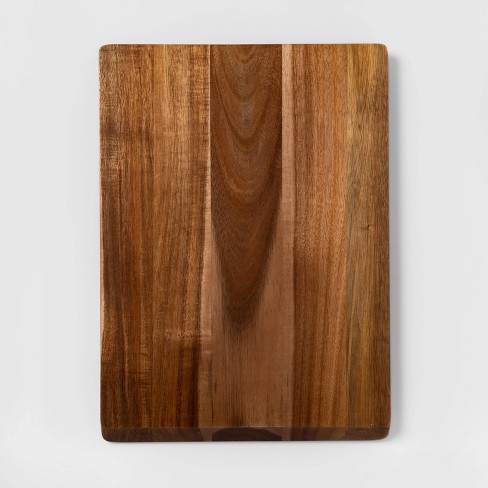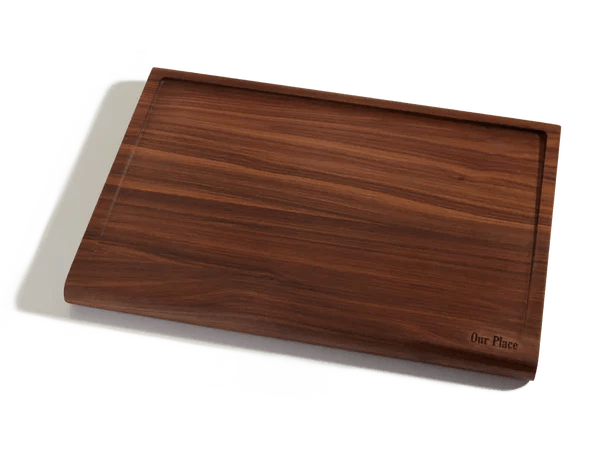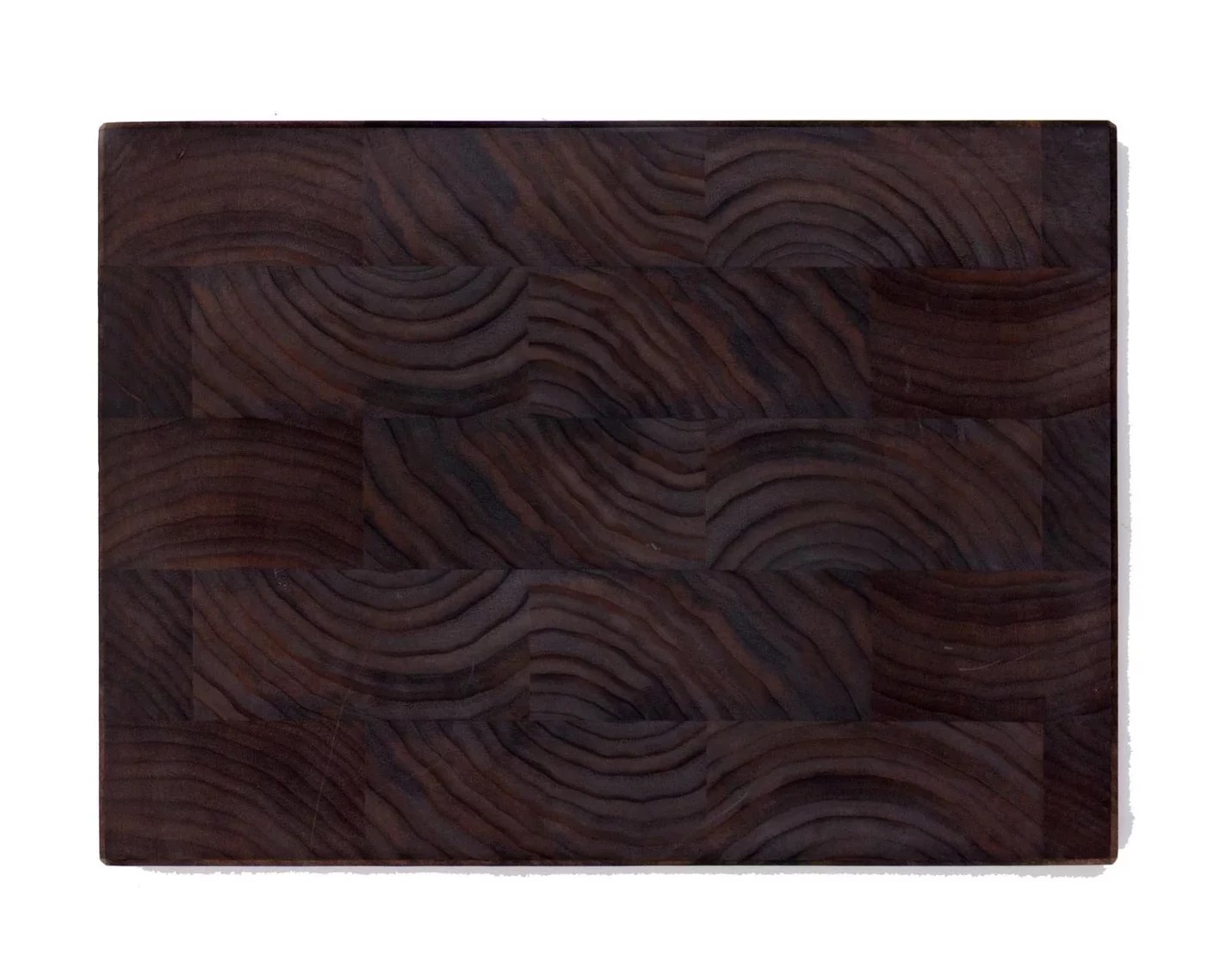How To Oil and Maintain Wooden Cutting Boards for a Decade or More
"The best way to care for a cutting board is kind of that one-two approach, where you use mineral oil and then apply a little board butter, and that should give you a lot years with your cutting boards," says John Loftis, owner of premium cutting board brand, The Boardsmith. Because wood generally has no natural moisture repellent, it is vital to protect that quality to keep it from warping and cracking and drying out by applying oil. Below, you'll find Loftis' expert tips on finding the right cutting board, along with his recommended ways to oil a cutting board.
- John Loftis, John Loftis is a professional woodworker and owner of the Boardsmith, a cutting board brand that sells premium end grain cutting boards.
Why Use a Wooden Cutting Board Among Others
Wood is an organic material and makes a great environmental-friendly product compared to its plastic counterparts. And with a little bit of TLC, it can go long way. Plus, it's visually appealing to look at! "The colors and tones of maple, walnut and cherry are just gorgeous, so really [you can] have something that you're proud to display in your kitchen," says Loftis.
At Boardsmith, Loftis sells a variety of cutting boards, made mostly of maple, walnut, and cherry. But more distinctively, he sells handcrafted end grain cutting boards and butcher blocks, which is of much higher quality than a regular wooden cutting board you'll find in a store.
{{post.sponsorText}}
"With end grain, when you're cutting meat or cutting any food on the surface, the bacteria wicks down into the wood where it dies," he says. "There have been studies that show that it's the safest cutting surface that you can have, safer than plastic or other materials." End grain cutting boards also possess natural antimicrobial properties, which makes it the perfect, safe material for cooking use.
How To Oil a Wooden Cutting Board
1. Find the right oil to use
There are many different kinds of oil, but one thing that many woodwork experts like John Loftis would recommend is to make sure you have a pure food grade mineral oil. "If you're opposed to petroleum products, you can use a refined coconut oil," he says. Mineral and refined coconut oils make great options when it comes to maintaining your cutting boards, because they don't cause as much as a heavy odor compared to other oils, like walnut or olive oil. "It's very important that it be refined."
2. Cover the surface with oil and let it soak
Once you've found the right oil to use, pour it all over the wooden cutting board on each surface and wrap it a with a paper towel and let it soak for about 15-20 minutes. Once the board is saturated, where it's no longer soaking in oil, then wipe off the the excess, let it dry, and then you're good to go! "For end grain butcher blocks, get a minimum of 12oz bottle," Loftis says, "the oil soaks in a lot more than a normal long grain or edge grain cutting board. So you're going to use a lot more oil with an end grain application."
3. Apply board butter
After an hour or two has passed, Loftis also recommends using a board butter to truly maximize the oiling experience. "Board butter is a mix of pure bees wax and mineral oil, and it's sort of the consistency of a paste wax," he says. The board butter comes in a tin, and all you have to do is take a paper towel and wipe it around the surface of the cutting board. "That gives really good moisture repellency, and also gives the board a really beautiful shine."
As with any kitchenware product, oiling cutting boards is a great method to ensure it last a lifetime. When oiled weekly, or as frequently depending on use, end grain maple butcher blocks could last more than a decade of daily use, with cherry boards lasting 6-8 years. In fact, if you'd like to go the extra mile, having a cutting board smooth out again by a professional can make it brand new all over again. "[A decade] doesn't mean that's the expected life of the board, says Loftis. "It's just that's when it needs to get a little bit of rehab and cleaned up and then you're good to go again."
Best Wooden Cutting Boards To Buy
Loading More Posts...

